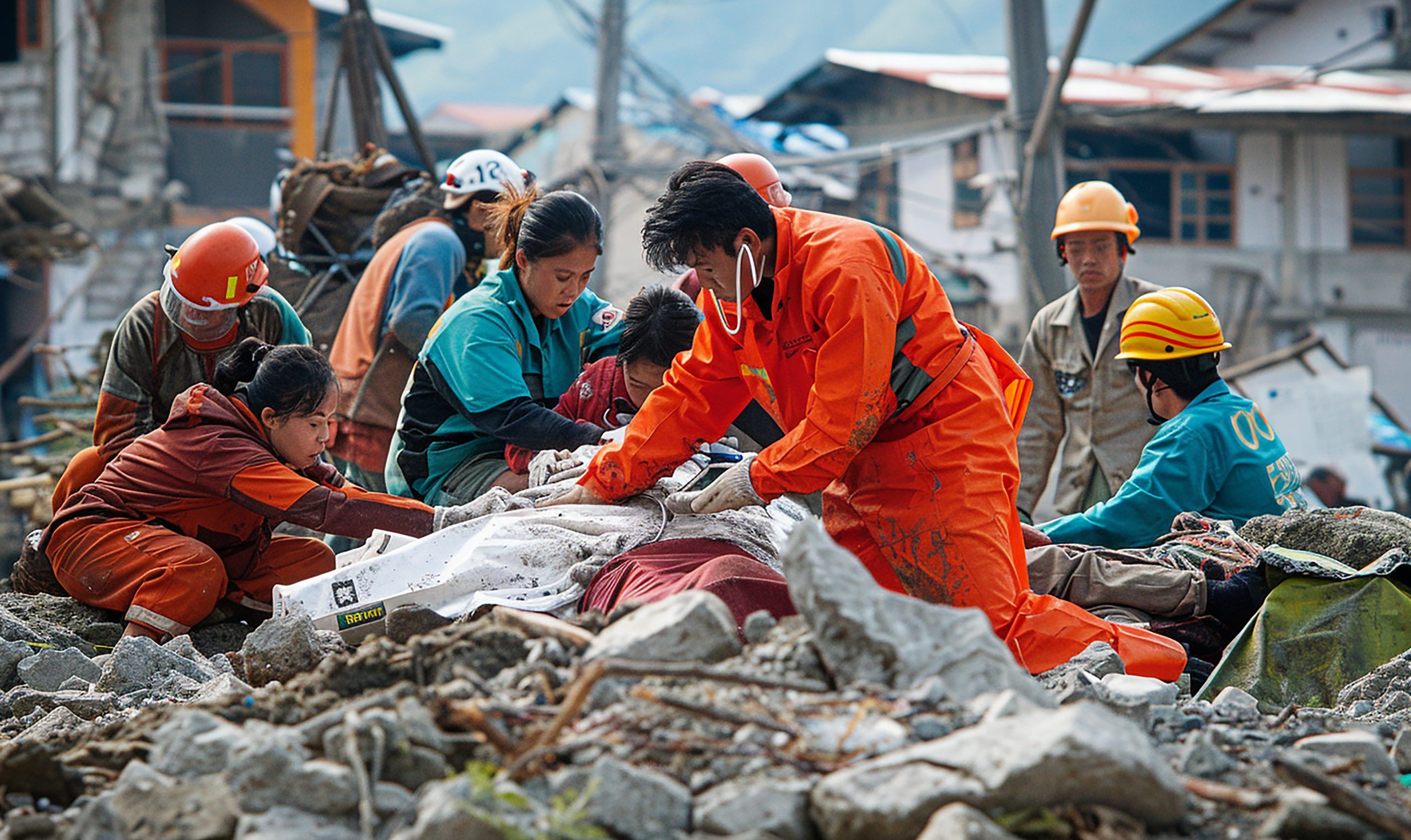Consultation meeting with People Affected by the Disasters was organized by the National Disaster Management Network Nepal (DiMaNN) and SDGs National Network Nepal on 16 July 2021 through virtual meetings for post-Voluntary National Review (VNR) of SDGs Nepal. The program’s main objective was to listen and know about the concern, issues, problems, and implementation of the SDG in the context of disaster-affected people at the local, province, and national levels. The program was chaired and facilitated by Surya Bahadur Thapa, the Chairperson of the DiMaNN. Daya Sagar Shrestha, Secretary of DiMaNN as well Coordinator of SDGs Network Nepal, talked about the SDGs concerning Disaster Risk Reduction. Advocate Bishnu Prasad Timilsina, General secretary of DiMaNN highlighted the policies, plans concerning disaster-affected people and issues. Participants all together 51 had joined from Terai, Hill, and Mountain region of the country for the program who were affected by a disaster every year. There was an open discussion for the disaster-affected people for stating their voice in the program.
The major issues highlighted in the program were localization of DRR policies, plans, capacity building, and awareness regarding SDG and DRR in disaster-affected areas. Disaster-affected people were not involved during the time of policy and plan formation and even in the Disaster Management Committee at all levels. Until and unless disaster-affected people are not involved in the policy, plan formation anticipated results can’t be expected in Disaster Risk Reduction. At this moment we have different policies, plans, guidelines, and strategic plans at different levels but it is not properly implemented in the field. There are disaster management funds in all levels of the government but they are more focused on the response and relief of the disaster-affected people rather than DRR and preparedness which is a major problem creating disaster again and again. Every year many people have to suffer from different types of disasters and huge socio-economic losses have to be faced but the government is not giving importance to the socio-economic part of the DRR. Therefore, representation of the disaster-affected people should be in the disaster management committee along with the involvement in the formulation of plans and policies. Disaster management funds should be used efficiently giving importance to the DRR and preparedness. Many people are forced to live in disaster-prone areas due to many reasons like poverty, and no safer land for settlement, which is one major challenge of today.
Conclusion
The program started with the explanatory way of giving information on SDGs, policies, and plans regarding disaster-affected people. The participants kept their voice and issues in the open discussion regarding their learnings, experience, and problems due to disaster. The discussion focused more on giving importance to disaster-affected people in the disaster management committee and policy formation. It also highlighted the need for awareness regarding the SGDs and DRR outside the valley. The advocacy and lobbying for safer places for people living in disaster-prone areas should be given importance. Capacity building of disaster-affected people should be done with help of different programs and training through the government, INGO and NGOs. At last, the participants recommended conducting such interactive discussions for raising the voice of disaster-affected people regularly at all levels.


Leave A Comment